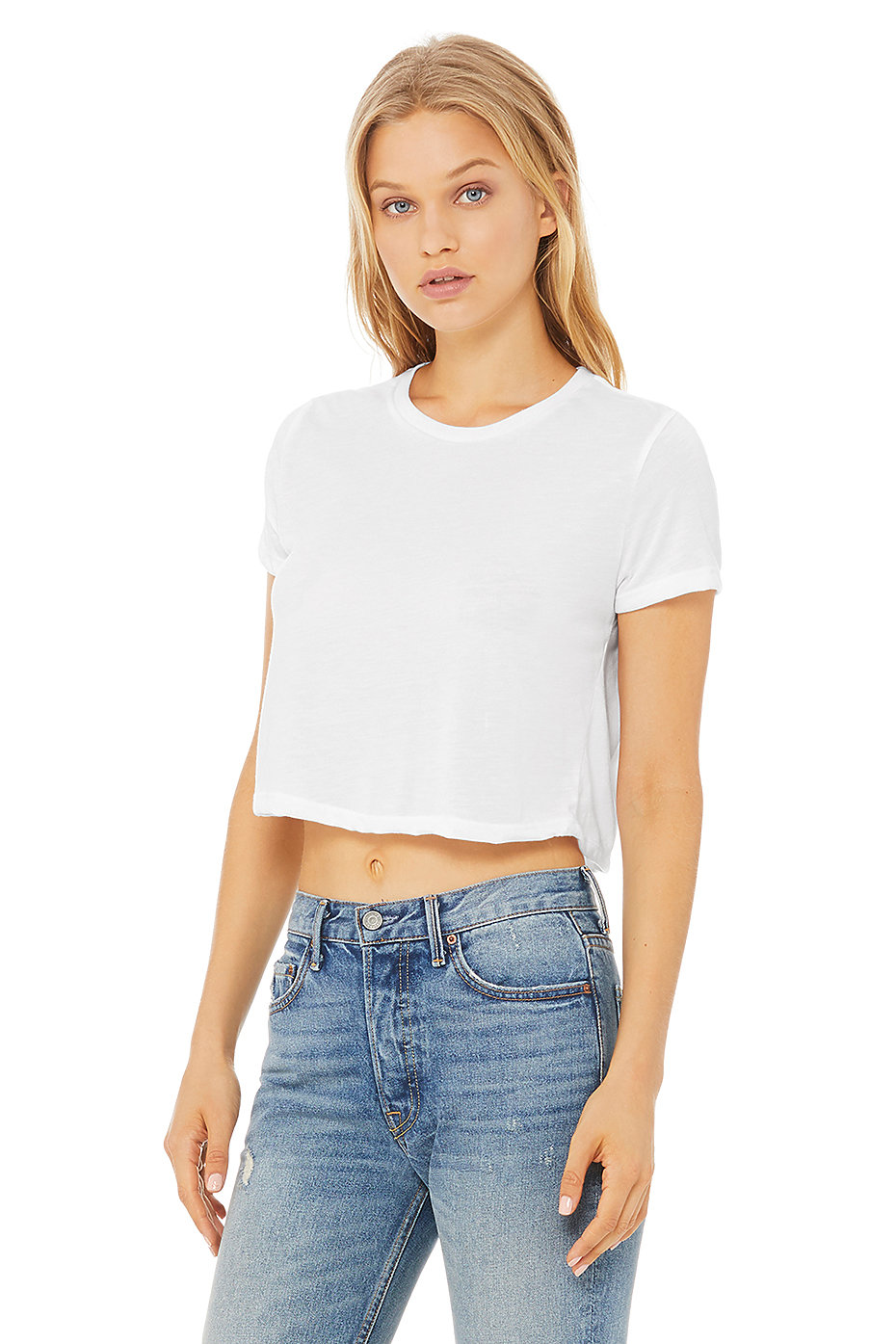David Pavlich
Veteran Member
Nope. It just has the 'crop' icon on the front and says 'Oh Crop'. It's gray, full length and fits my 6'2" frame just fine. In case you're interested:I believe that Crop tee-shirts or a Crop Tops are mostly for women, but hey, whatever these days!

Loading…
www.spreadshirt.ca
David
--
The smartest governments in the world can't stop a virus from spreading, but they can change the temperature of the Earth if you send them enough money. Ummmmmmm.....
Viewbug: https://www.viewbug.com/member/David_Pavlich

